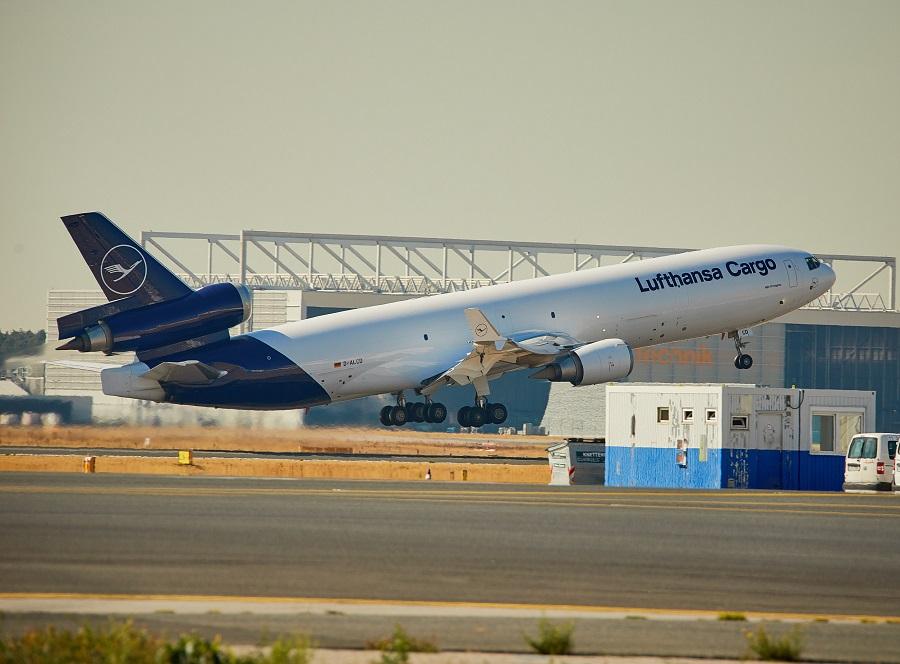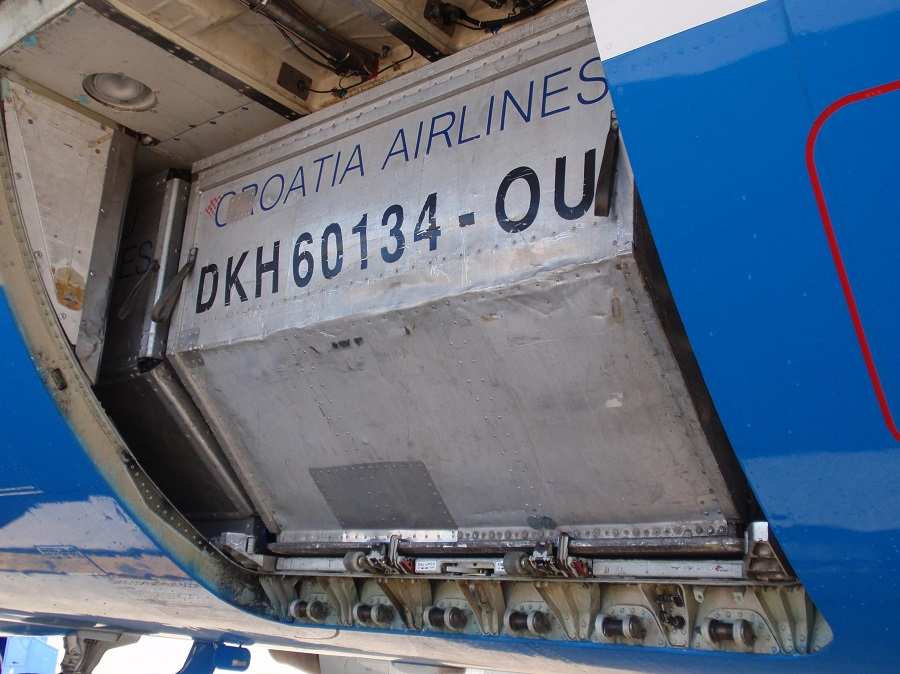Airlines, air cargo and airport operators have long since prepared to move vaccines around the world, but the demand for the job isn’t there. Why?
We have seen how air cargo operators around the world ramped up efforts, in order to carry the Covid-19 vaccines. These preparations had began already in the summer of 2020. Airlines bought equipment, expanded storage facilities and made test flights with specialized cooling equipment. And at the supply chain level a lot of cooperative work took place, to predict the needs of vaccine manufacturers and medical sites.

But comparatively little of this supply chain capacity has seen any use. Not yet, anyway. So for now, it seems that ground cargo handles the majority of vaccine transportation, instead of air operators. Demand for air cargo will likely have to wait, until the countries manufacturing the vaccines, have satisfied local demand. Dominic Kennedy, managing director of Virgin Atlantic Cargo, said:
“The amount of vaccine that is actually being flown, relative to that is now being trucked is quite small. So for us we are gearing up for playing a part but anticipating that is really not going to happen until the middle part of 2021.
“There is a huge amount of manufacturing capacity in the UK, Belgium, Germany and some other places in Europe and most of the output of those manufacturing sites is for local consumption, it’s not for international consumption.”

Air And Ground Cargo Works – But Are The Vaccines There?
In a way, this isn’t surprising. Analysts had predicted that air cargo was never going to be the limiting factor in the transportation of the vaccines. What is a bit surprising is the reason for this lack of vaccine movement by air cargo. Supply chains are always interesting, in their own ways. But in this case it is interesting for less pleasant reasons.
In the early stages of air cargo preparations for vaccine transportation, we heard some almost comical estimates. Apparently we need 8,000 747 cargo aircraft, to carry enough vaccines for everyone in the world to have ONE dose. So industry predictions, factoring in two doses, plenty of ground freight and some inefficiency, expected 10,000 flights – with freighters of all sizes.

Reality is quite different. With the vast majority of the vaccines moving by road, air cargo has a much smaller role. And it turns out, these planes are not 747s. Dan Morgan-Evans, group cargo director at Air Charter Service, said:
“We are doing some vaccine charters now, sending vials to various places around Europe, but these are very small aircraft. You can get a lot of vials in an aircraft and I don’t know whether you will get to a stage similar to the PPE gold rush. I am not convinced of that.”
We all knew that vaccine roll-outs would not be straightforward. But increasing production capacity is a challenge in itself. Let’s hope that vaccine production and transportation, by air or ground cargo, can meet the demand. It’s not just aviation that needs to recover…




2 comments
Andre T
The vaccine is a bit early in approval. So distribution I imagine is going to be first country of origin which may account for larger ground distribution. Other factor there are 73 vaccines world wide per article I read. Possible less distance to distribute as result and less need for long haul air cargo. Article did suggest 747 isn’t being used. But there is a YouTube channel by a 747 pilot where he has stated he has been flying vaccine. Maybe this is US oriented where this article is European centered and what the articles states is in Europe
Spyros
The quote specifically says that the aircraft flying vaccines in Europe, are small aircraft. I’m sure Kelsey and many other 747 pilots are now beginning to fly vaccines, and we can only hope they do more and more of this kind of work. The point here is that so far, large jets have not been the method of choice for vaccine transportation. This is more about production, than it is about freight. The article avoids mention of large-scale problems at specific parts of the world. But a quick look at Europe, will show that there is, indeed, a lot wrong with the handling of vaccines there.